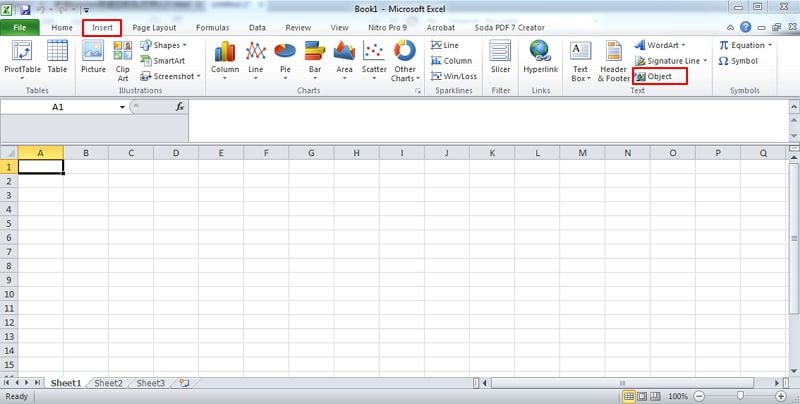Understanding Construction Paperwork: A Simple Guide

Whether you're planning a simple renovation or embarking on a comprehensive construction project, understanding the paperwork involved is crucial. From the initial blueprint to the final sign-off, each piece of construction paperwork plays a vital role in the smooth progression and eventual completion of your project. In this guide, we'll delve into the various documents you'll encounter, their importance, and how to manage them effectively.
Why Paperwork Matters in Construction

Construction projects are inherently complex, involving multiple parties, extensive planning, and adherence to legal standards. Here are the reasons why paperwork is indispensable:
- Legal Compliance: Ensuring that your project adheres to local, state, and federal regulations.
- Communication: Clear communication between architects, engineers, contractors, and other stakeholders.
- Risk Management: Documentation helps in mitigating disputes and clarifying project scope, timelines, and costs.
- Project Management: Effective tracking and management of project progress, resources, and changes.
Key Documents in Construction

Let’s break down the essential documents you’ll need:
1. Project Proposal

This document outlines the scope of the project, objectives, estimated timelines, and costs. It sets the framework for what the project will entail:
- Project Overview
- Budget Estimate
- Timeline
- Stakeholders and their roles
2. Contracts

Contracts legally bind parties to the agreed terms:
- General Construction Contract
- Subcontractor Agreements
- Owner-Contractor Agreement
📝 Note: Ensure all contracts include scope, payment terms, dispute resolution, and termination clauses.
3. Drawings and Blueprints

These are the visual representations of what will be built:
- Floor Plans
- Elevation Drawings
- Sectional Views
- Detail Drawings
- Site Plans
4. Specifications

Detailed descriptions of materials, standards, quality levels, and workmanship expected.
5. Permits and Licenses

These are required for legal construction and compliance:
- Building Permit
- Zoning Permit
- Occupancy Permit
- Environmental Clearance
6. Daily Reports and Logs

Keeping a daily record helps in tracking progress and addressing issues promptly:
| Item | Description |
|---|---|
| Work Done | Summary of daily activities and progress |
| Weather Conditions | Impact of weather on the work schedule |
| Resources Used | Materials, labor, and equipment usage |
| Issues Encountered | Problems, delays, or accidents |

7. Change Orders

Any modifications to the original plan or contract require change orders:
- Revised Scope
- Impact on Budget
- Time Extension
8. Safety Reports

Ensuring a safe working environment involves:
- Safety Inspections
- Safety Meetings
- Incident Reports
9. Lien Waivers

These are documents that verify payments and protect against liens.
10. As-Built Drawings

These reflect the actual conditions of the construction after completion, crucial for future maintenance or modifications.
Managing Construction Paperwork
Managing paperwork efficiently can significantly streamline your project:
- Use Project Management Software: Tools like Procore or Buildertrend can centralize all your documents.
- Regular Updates: Schedule regular reviews of documents to ensure they reflect the current state of the project.
- Document Storage: Keep both digital and hard copies, with backups for critical documents.
- Clear Communication: Keep all stakeholders informed about changes and updates.
Managing construction paperwork is akin to steering a ship through complex waters. Each document acts as a navigational tool, helping to keep the project on course, legal, and efficient. Understanding these documents, their importance, and how to manage them can make the difference between a project that runs smoothly and one fraught with issues.
As we wrap up this comprehensive guide, it's clear that attention to detail in construction paperwork management can greatly influence the outcome of your project. By ensuring compliance, facilitating communication, and managing risk effectively, you pave the way for a successful completion. Remember, construction paperwork isn't just about bureaucracy; it's about creating a strong foundation for your project, both literally and figuratively.
What are the consequences of not having proper permits?
+Not securing necessary permits can lead to legal repercussions, fines, project delays, and even orders to dismantle or redo completed work.
How do change orders impact a construction project?
+Change orders can affect the project’s scope, budget, and timeline. They should be carefully considered to ensure they align with the project’s overall goals.
Can subcontractors sue for non-payment without lien waivers?
+Yes, subcontractors can file liens against the property if they are not paid, even without lien waivers, although having them in place minimizes this risk.
What should be included in a project proposal?
+A project proposal should include objectives, scope, budget estimate, timeline, stakeholders, and the expected outcomes of the construction project.
Why are daily reports important?
+Daily reports are vital for tracking progress, managing resources, documenting weather impacts, and addressing any issues that arise in real-time.



